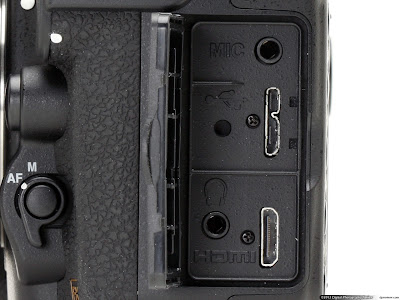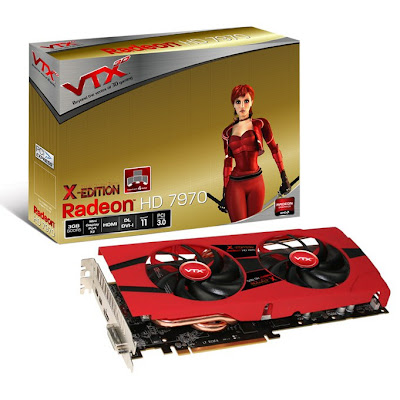
There have been talks about releasing a new version of Firefox this week. This chemspill release should not be too surprising since Firefox 8 and 9 already built up a pattern in this sense.
The purpose of Firefox 10.0.1 is to fix two top issues that could not wait until the launch of the future major version. One of them is a top startup crash and the other refers to Java applets causing text fields to hang.
The effects of the latter are visible when interacting with an embedded Java applet, which causes all text spaces to become unusable. Minimizing Firefox or resizing is the workaround, unless updating to Firefox 10.0.1.
Developers are also looking to block AVG Safe Search versions causing broken location bar behavior.
Currently, there...



 2/10/2012 10:42:00 PM
2/10/2012 10:42:00 PM
 dannzfay
dannzfay



































